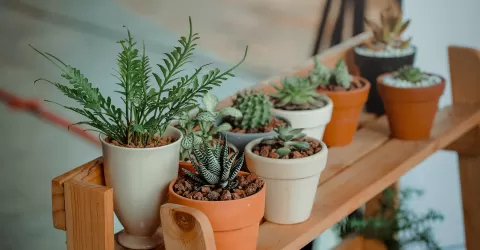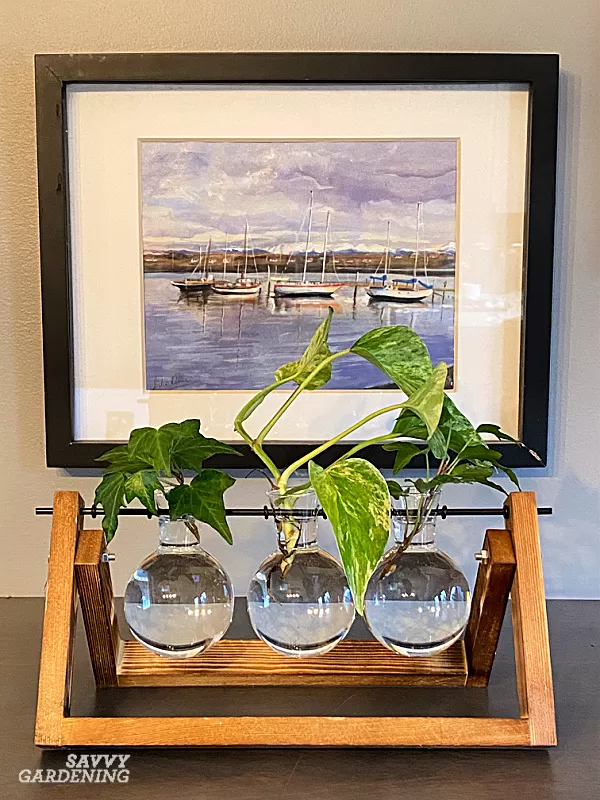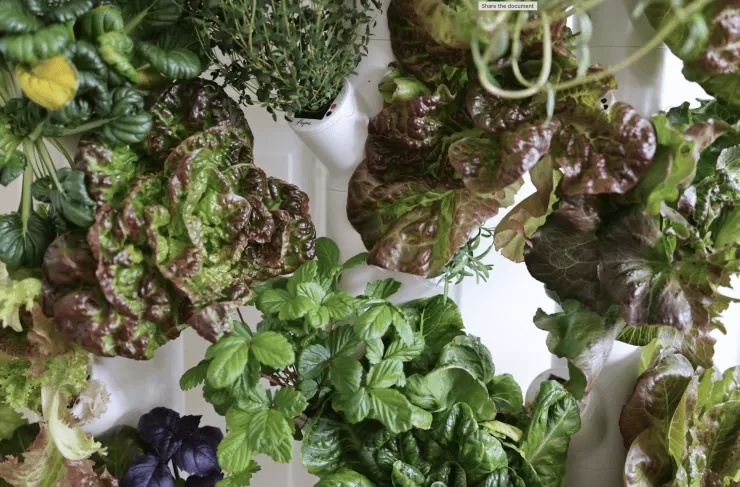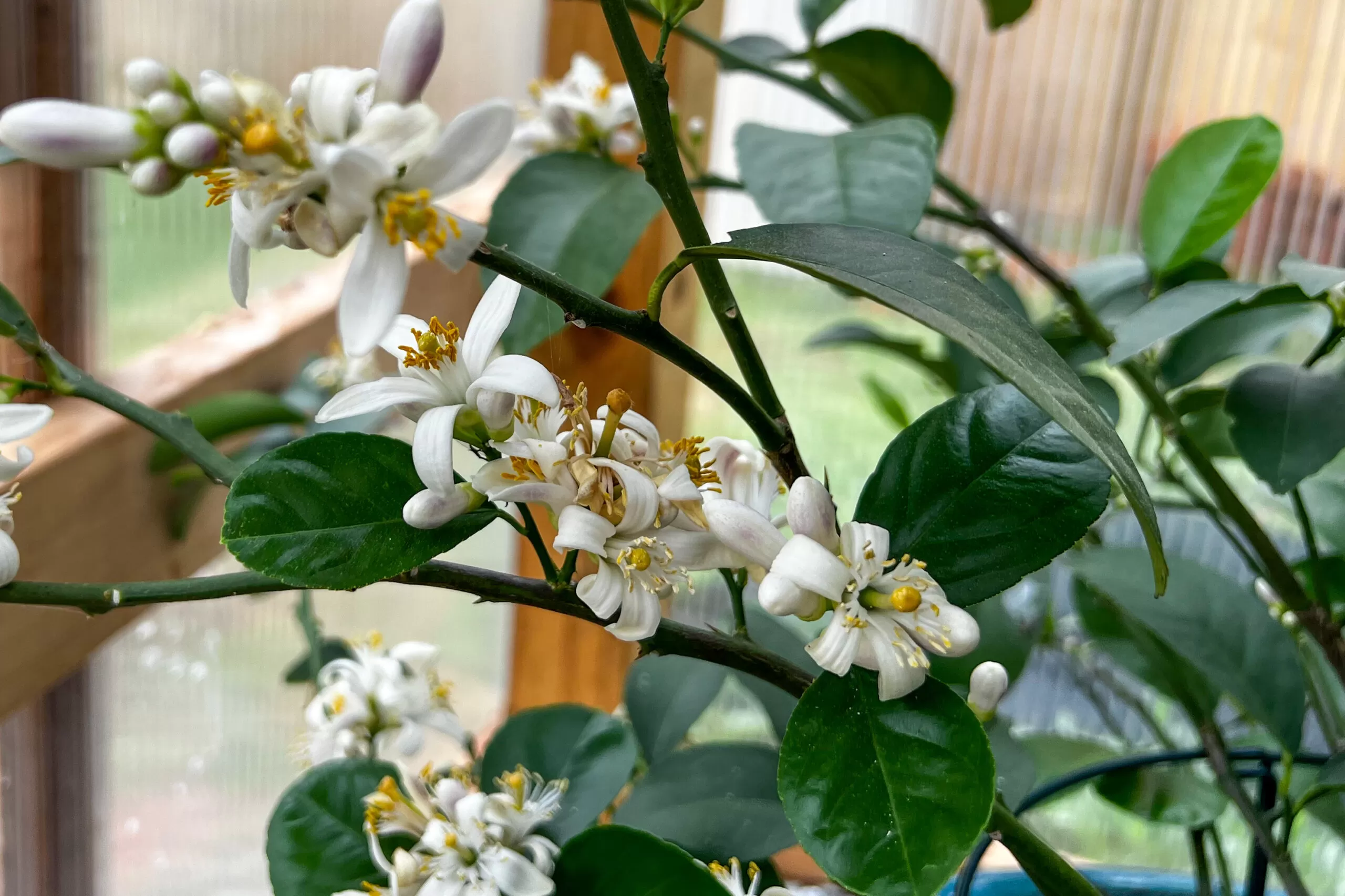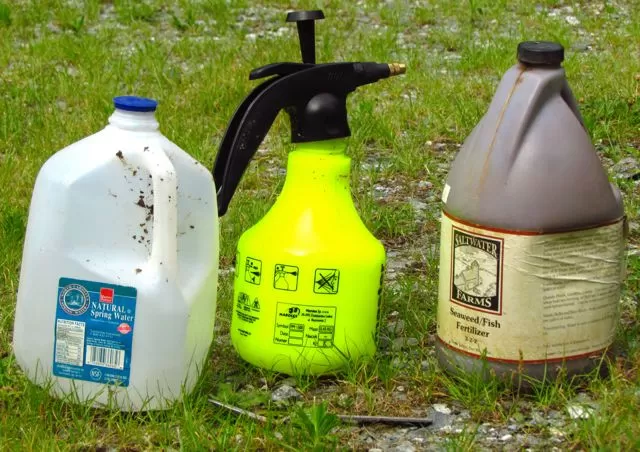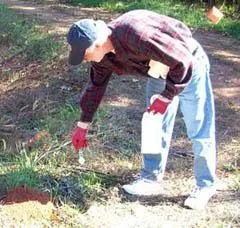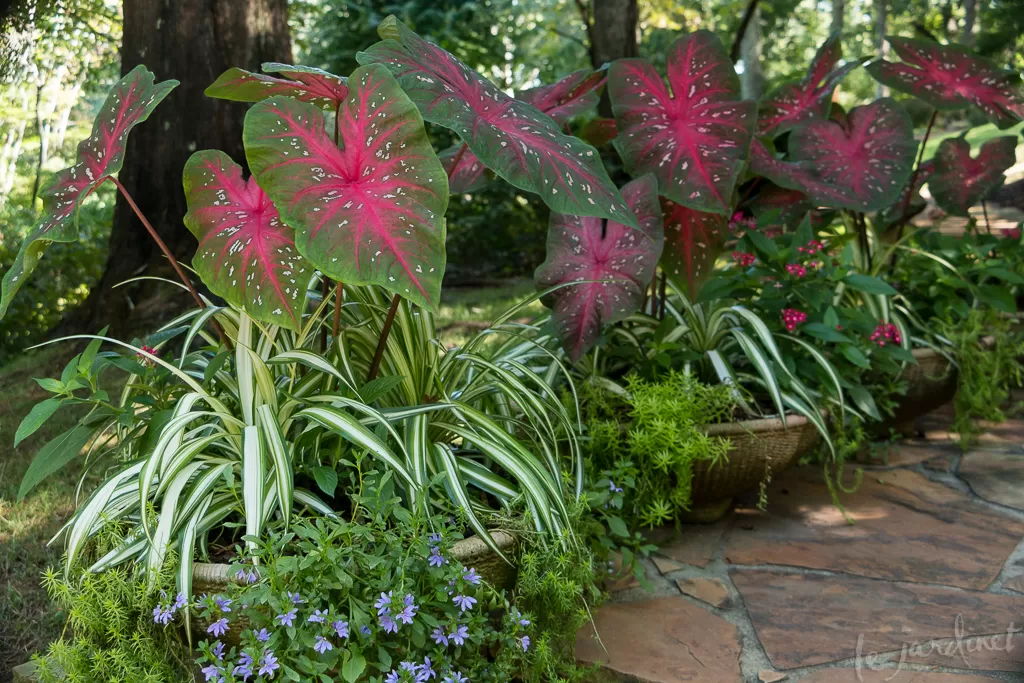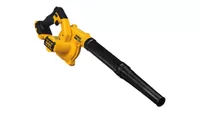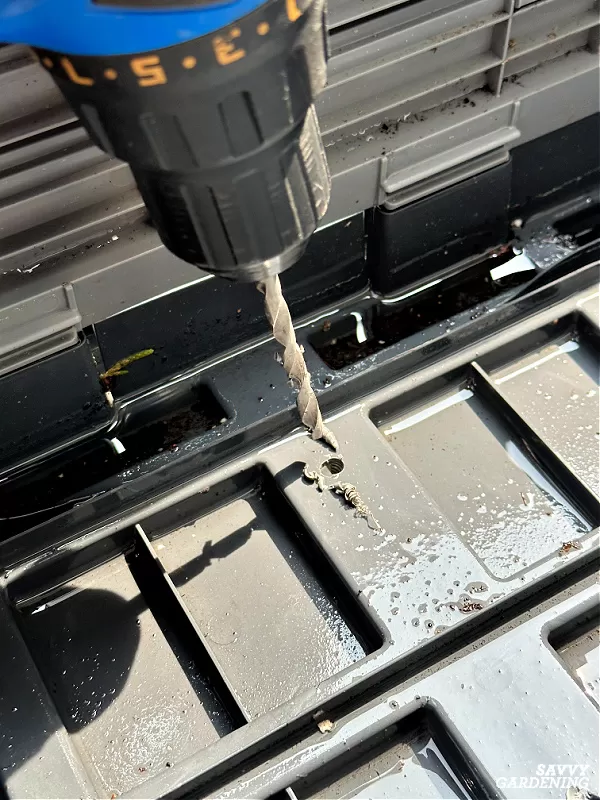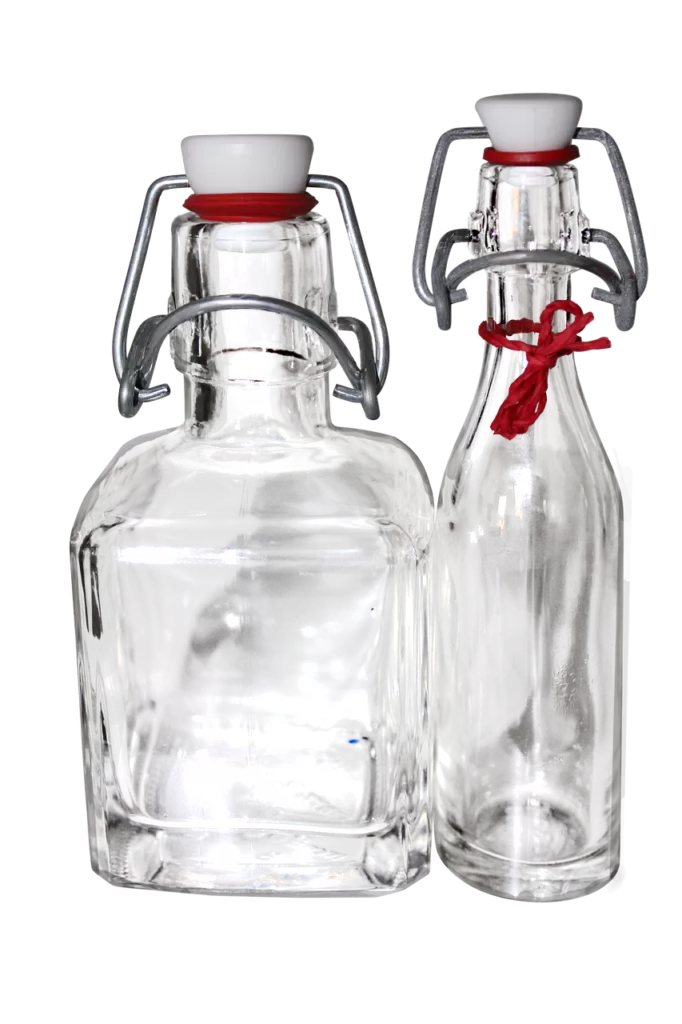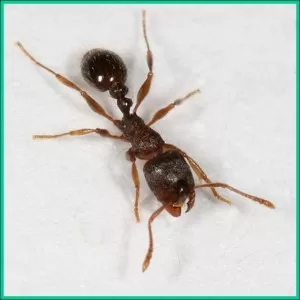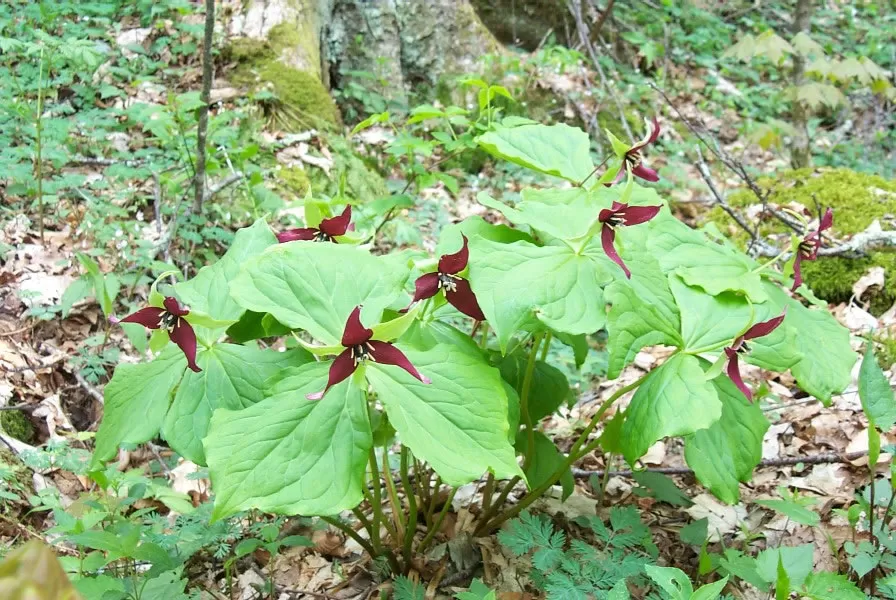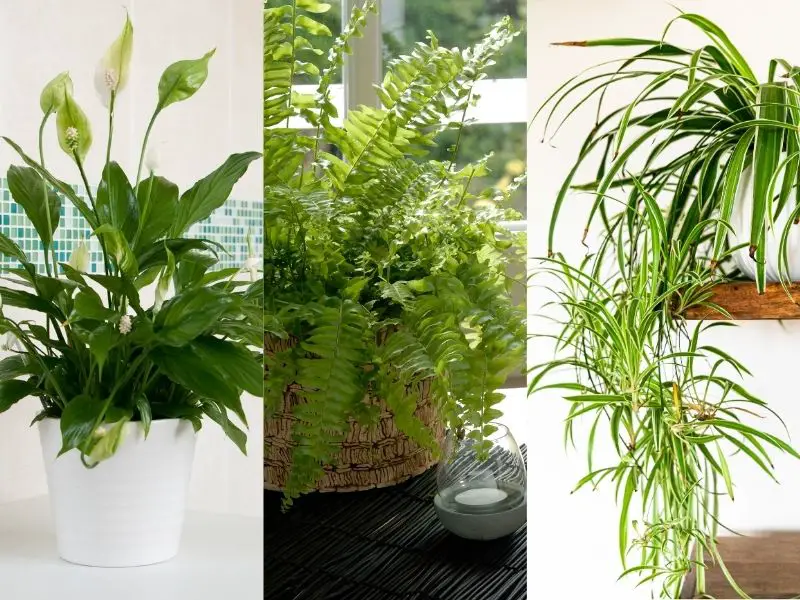- Why Prune? Regular pruning transforms basil into a lush, bushy plant, significantly boosting your leaf harvest.
- When to Start? Begin when your basil is young, around 6-8 inches tall, with 3-4 sets of leaves.
- Flower Control: Pinching off flower buds is crucial; it redirects the plant’s energy into producing more delicious leaves.
- The Right Cut: Always prune just above a set of leaves to stimulate two new stems, doubling your growth.
Ever wondered how some gardeners conjure up those incredibly full, almost overflowing basil bushes, while yours struggles to produce more than a few sprigs? The secret, my friend, isn’t some complicated magic spell – it’s all in the snip! Welcome to your ultimate basil pruning guide, where I’ll share the simple yet transformative techniques to turn your leggy basil into a flavor powerhouse. Forget being shy with those shears; I’ll show you how a little trim here and there can lead to an endless summer supply of fragrant leaves for your pesto, pizzas, and fresh salads. Get ready to unlock the full potential of your basil plants!
Contents
- Why This Basil Pruning Guide is Your Green-Thumb Secret
- Harvesting Heaven: More Basil for Your Kitchen
- The Magic of Multiplication: Encouraging Bushy Growth
- Flower Power (or Lack Thereof): Keeping Leaves Coming
- When to Start Pruning Your Basil: Timing is Everything
- The First Snip: Pruning Young Basil Seedlings
- What About Store-Bought Plants?
- The Art of the Cut: How to Prune Basil Like a Pro
- The “Don’t”: A Common Pruning Mistake to Avoid
- Tools of the Trade: Fingers, Snips, or Pruners?
- Step-by-Step: Making the Perfect Cut
- Tackling Basil Flowers: A Necessary Pruning Task
- Spotting and Snipping Flowers on Genovese and Similar Basils
- Managing Flowers on Greek Basil Varieties
- Don’t Waste Those Blooms!
- Beyond Pruning: What to Do With Your Bountiful Basil Harvest
- Preserving the Freshness: Drying Basil
- Freezing for Flavor: My Go-To Method
- Your Basil Adventure Awaits!
Why This Basil Pruning Guide is Your Green-Thumb Secret
Pruning basil isn’t just about keeping your plant tidy; it’s a fundamental practice for any herb enthusiast. Here’s why mastering this skill is a game-changer:
Harvesting Heaven: More Basil for Your Kitchen
This is, perhaps, the most rewarding reason to get familiar with your pruning shears! I practically live on fresh basil in the summer. A daily snip means fresh leaves for my pasta, vibrant additions to salads, and the star ingredient in homemade pesto. Regular pruning is regular harvesting, ensuring a continuous supply.
The Magic of Multiplication: Encouraging Bushy Growth
It might sound counterintuitive to cut a plant to make it grow more, but trust me on this one. When you snip the top of a basil stem, you’re essentially telling the plant, “Hey, don’t just grow upwards, grow outwards!” Just above each set of leaves on a basil stem, there are tiny dormant buds. Pruning the main stem activates these buds, and voilà! – two new stems emerge where there was once one. Repeat this process, and your plant becomes exponentially bushier. It’s like a little gardening miracle!
Flower Power (or Lack Thereof): Keeping Leaves Coming
Sooner or later, your basil plant will try to produce flowers. While these are lovely for pollinators, they signal a shift in the plant’s priorities. Once basil starts flowering, it puts its energy into seed production, and leaf growth slows down dramatically. The flavor can also become more bitter. Pruning off these flower spikes before they fully develop keeps the plant in a vegetative (leaf-producing) state for longer. Some varieties, like ‘Everleaf’ or ‘Emerald Towers’, are naturally slow to bolt (flower), which is a bonus. And then there’s ‘Pesto Perpetuo’, a clever variety that’s sterile and doesn’t flower at all!
Let’s talk about some basil types you might be growing:
- Genovese Basil
- Scientific Name: Ocimum basilicum ‘Genovese’
- Common Name: Genovese Basil, Sweet Basil
- Zone: 10-11 (grown as an annual in cooler climates)
- Light: Full sun (at least 6 hours)
- Humidity: Moderate
- Water: Keep soil consistently moist, but well-drained.
- Lemon Basil
- Scientific Name: Ocimum × citriodorum
- Common Name: Lemon Basil
- Zone: 10-11 (grown as an annual in cooler climates)
- Light: Full sun
- Humidity: Moderate
- Water: Consistent moisture, well-drained soil.
- Thai Basil
- Scientific Name: Ocimum basilicum var. thyrsiflora
- Common Name: Thai Basil, Horapha
- Zone: 10-11 (grown as an annual in cooler climates)
- Light: Full sun
- Humidity: Moderate to high
- Water: Keep soil consistently moist.
 A freshly pruned basil plant displaying robust new side shoots emerging after the central stem's removal, showcasing the benefits of trimming.
A freshly pruned basil plant displaying robust new side shoots emerging after the central stem's removal, showcasing the benefits of trimming.
A few days after its trim, this basil plant is already showing vigorous new growth from the sideshoots, just as planned!
When to Start Pruning Your Basil: Timing is Everything
Like a good haircut, timing your basil pruning makes all the difference. It doesn’t matter if your basil is in a pot on the patio or thriving in a garden bed; the principles are the same.
The First Snip: Pruning Young Basil Seedlings
The journey to a bushy basil plant begins early. Aim to give your basil its first “haircut” when the seedlings are about six to eight inches tall and boast three to four sets of true leaves. At this stage, your plant is likely a single, hopeful stem. Pinch or snip this main stem back, removing about the top third, right above a strong set of leaves. This simple act is your first step to doubling your harvest, as it encourages those side shoots to spring to life.
What About Store-Bought Plants?
No worries if you’ve bought basil transplants from the garden center that are already a bit bigger! You can absolutely still encourage them to become bushier. Often, store-bought pots contain several individual plants clumped together. If you can, gently separate them before planting. Then, apply the same principle: trim the plants back by about one-third, making your cut just above a set of leaves.
After this initial pruning, give your plants a few weeks to recover and grow. You’ll be ready for your first proper harvest, and another round of growth-stimulating pruning, about a month after planting. I find myself pruning my basil every couple of weeks throughout the summer.
The Art of the Cut: How to Prune Basil Like a Pro
Ready to get snipping? Here’s how to do it correctly for maximum benefit.
The “Don’t”: A Common Pruning Mistake to Avoid
Before we dive into the “do’s,” let’s cover a crucial “don’t.” Resist the urge to just pluck individual leaves from the sides of the plant. While it might seem like a quick way to grab a few leaves for dinner, it doesn’t encourage new, bushy growth. For a thriving plant, you need to remove the top sections of the stems.
Tools of the Trade: Fingers, Snips, or Pruners?
You don’t need fancy equipment. For soft, young stems and flower buds, your fingers are often perfectly adequate – this is often called “pinching.” For slightly woodier stems or if you’re doing a more significant trim, a pair of clean, sharp herb snips or small hand pruners is ideal. The key is a clean cut; tearing stems can damage the plant and invite diseases.
Step-by-Step: Making the Perfect Cut
- Observe Your Plant: Take a moment to look at your basil. Identify a main stem or a side shoot you want to prune.
- Locate the Nodes: Look down the stem from the top. You’ll see pairs of leaves (or tiny developing leaves) growing from the stem. The point where leaves attach to the stem is called a node. Just above these leaves, in the “axil” (the angle between the leaf stem and the main stem), you’ll often see tiny new leaf buds. These are your targets!
- Make the Cut: Using your fingers or snips, cut the stem about a quarter-inch above a set of these healthy leaves or leaf buds. You can remove just the top few inches for a small harvest or trim back up to one-third of the plant if you’re gathering a larger amount for pesto or preservation.
 Close-up view of a hand carefully snipping a basil stem just above a pair of leaf nodes, demonstrating the correct technique for promoting new growth.
Close-up view of a hand carefully snipping a basil stem just above a pair of leaf nodes, demonstrating the correct technique for promoting new growth.
This is the sweet spot for pruning! Cutting here tells the plant to send out two new shoots from those leaf buds.
Tackling Basil Flowers: A Necessary Pruning Task
As we’ve mentioned, preventing your basil from flowering is key to prolonged leaf production. Happy basil—given plenty of sun, well-drained soil, and consistent water—will delay flowering. But for most types, flowers are inevitable by mid-summer.
Spotting and Snipping Flowers on Genovese and Similar Basils
On varieties like Genovese basil, flower buds are quite easy to spot. They’ll appear at the very tip of the shoots, looking like a dense cluster of tiny leaves. As they mature, these buds elongate, and tiny white flowers (or purple on Thai basil) will emerge. I make it a habit to pinch these buds off as soon as I see them forming. This way, the plant doesn’t waste energy developing them further. You can use your fingers or snips for this. Check your plants every week or so for new flower buds.
More basil varieties worth knowing:
- Greek Basil
- Scientific Name: Ocimum basilicum var. minimum (e.g., ‘Spicy Globe’)
- Common Name: Greek Basil, Globe Basil, Bush Basil
- Zone: 10-11 (annual elsewhere)
- Light: Full sun
- Humidity: Moderate
- Water: Consistent moisture, good drainage.
- Pesto Perpetuo Basil
- Scientific Name: Ocimum × citriodorum ‘Pesto Perpetuo’
- Common Name: Pesto Perpetuo Basil
- Zone: 9-11 (can be perennial in warmer zones, annual elsewhere)
- Light: Full sun to partial shade
- Humidity: Moderate
- Water: Regular watering, dislikes soggy soil. (Note: This is a variegated, non-flowering type)
- Everleaf Basil (Emerald Towers is similar)
- Scientific Name: Ocimum basilicum (e.g., ‘Everleaf’, ‘Emerald Towers’)
- Common Name: Everleaf Basil, Emerald Towers Basil
- Zone: 10-11 (annual elsewhere)
- Light: Full sun
- Humidity: Moderate
- Water: Consistent moisture. (Note: Bred to be slow-bolting)
 A lush Thai basil plant with its characteristic long, purple flower stalks, which should be trimmed back regularly to encourage more leaf production.
A lush Thai basil plant with its characteristic long, purple flower stalks, which should be trimmed back regularly to encourage more leaf production.
Even the beautiful purple flowers of Thai basil need to be managed if you want to maximize your leaf harvest.
Managing Flowers on Greek Basil Varieties
Greek basil varieties, like ‘Spicy Globe’, naturally form tight, ball-like mounds with many small leaves. Flower buds will appear at the tips of these numerous shoots. Pinching them individually can be time-consuming. My trick? I use mini herb snips or even clean garden shears and give the plant a light “haircut,” shearing off the flower-tipped growth much like you’d shape a miniature boxwood hedge. The plants respond wonderfully, pushing out even more foliage.
Don’t Waste Those Blooms!
Those basil flower buds and young flowers you pinch off? Don’t toss them in the compost! They carry a lovely, often milder, basil flavor. Sprinkle them into salads, use them in dressings, or add them to your pesto for a subtle twist. They’re a delightful bonus.
Beyond Pruning: What to Do With Your Bountiful Basil Harvest
Now that you’re a pruning pro, you’ll likely have more basil than you can use fresh at once. Here’s how to preserve that amazing summer flavor:
Preserving the Freshness: Drying Basil
Drying is a simple way to preserve basil. However, I find that dried basil doesn’t retain the intense, vibrant flavor of fresh or frozen basil quite as well. If you’d like to dry it, you can use a food dehydrator, or tie small bundles of stems with twine and hang them upside down in a warm, dry room away from direct sunlight. After a week or two, they should be brittle and can be crumbled into airtight jars. An herb drying rack also works well.
Freezing for Flavor: My Go-To Method
This is my absolute favorite way to keep that fresh basil taste alive all year round! From mid-summer until the first frost, I’m regularly freezing batches.
- Harvest: I snip basil shoots, always cutting back to a set of side leaves (to encourage more growth, of course!).
- Process: I remove the leaves from the stems and pack them into my food processor.
- Blend: Add a good drizzle of olive oil – this helps preserve the color and flavor. Pulse until the leaves are coarsely chopped.
- Freeze: Scoop this fragrant green gold into freezer bags. I like to flatten the bags so they stack neatly in the freezer and it’s easy to break off a chunk when I need a burst of summer in a winter dish. You can also freeze the basil-oil mixture in ice cube trays for convenient, pre-portioned amounts.
And of course, there’s always pesto! Puree your fresh basil with pine nuts (or walnuts, almonds), Parmesan cheese, garlic, and olive oil for an instant classic.
Your Basil Adventure Awaits!
Mastering this basil pruning guide is your ticket to an abundant, fragrant harvest all season long. It’s a simple skill that yields delicious rewards, transforming your gardening experience and your kitchen creations. Don’t be afraid to get in there and snip – your basil plants will thank you for it with lush, bushy growth!
What are your favorite ways to use fresh basil, or do you have any pruning tips to share? Drop a comment below – I’d love to hear from you! And if you found this guide helpful, please share it with your fellow garden enthusiasts. Happy pruning!



